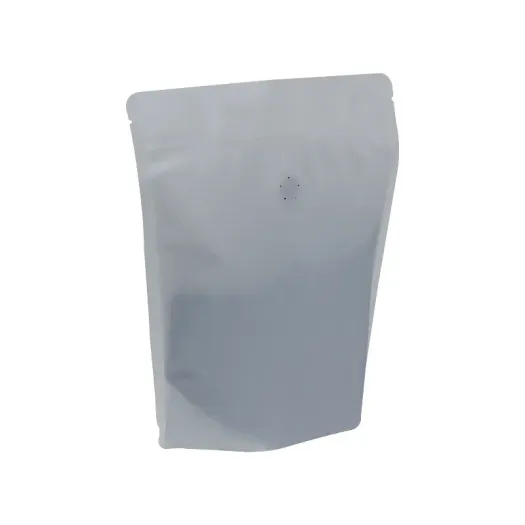define die cut
Understanding Die Cutting A Comprehensive Guide
Die cutting is a manufacturing process that involves using a die to cut out specific shapes from various materials, including paper, cardboard, fabric, and plastic. This technique is widely used in various industries such as packaging, printing, and textiles. The precision and efficiency of die cutting make it a preferred choice for producing high-quality products with intricate designs. In this article, we will delve into the definition of die cutting, its applications, types, and advantages.
What is Die Cutting?
At its core, die cutting is a process that utilizes specialized tools, known as dies, to cut, shape, and design materials into desired forms. These dies are typically made from steel and are designed specifically for the cutting task at hand. When the material is pressed against the die, the force from the press slices through it, resulting in clean and accurate shapes. The versatility of die cutting allows for a wide range of shapes, from simple circles and squares to complex designs and patterns.
Applications of Die Cutting
Die cutting is predominantly used in the packaging industry for creating boxes, cartons, and labels. The ability to customize these products to fit specific shapes and sizes makes die cutting an essential part of product packaging. In the printing sector, die cutting is often used to produce business cards, brochures, and promotional materials, where unique shapes can enhance branding and visual appeal.
The textile industry also benefits from die cutting, particularly for creating fabric patterns and garments. Manufacturers can achieve precise cuts that ensure consistency across large production runs. Additionally, die cutting is utilized in crafting and hobby industries, where individuals and businesses create intricate designs for scrapbooking, card making, and other artistic projects.
Types of Die Cutting
There are several types of die cutting methods, each suited for different materials and applications
define die cut

1. Flat Bed Die Cutting This is the most common method used, where the die is mounted on a flat bed and the material is placed over it. This method is ideal for large-scale operations, as it can handle thicker materials and larger sheets.
2. Rotary Die Cutting In this method, the die is mounted on a rotating cylinder, which allows for continuous cutting. It is particularly efficient for producing large volumes of products, such as labels and stickers.
3. Laser Die Cutting This modern approach uses lasers to cut materials with high precision. Laser die cutting is beneficial for intricate designs and works well with a variety of materials, including plastics and textiles.
4. Digital Die Cutting This method leverages computer technology to cut materials directly from digital files. Digital die cutters can create highly detailed shapes and are favored by small businesses and crafters due to their flexibility and the lack of need for physical dies.
Advantages of Die Cutting
Die cutting offers numerous advantages that make it a superior choice in manufacturing
- Precision The use of dies ensures that each cut is exact, reducing material waste and maximizing efficiency. - Cost-Effective While creating a custom die can be an initial investment, die cutting is cost-effective for large production runs, as it reduces labor and time. - Versatility Die cutting can accommodate a vast array of materials and shapes, making it suitable for numerous applications across industries. - Consistency The automated nature of the process ensures uniformity in the products being produced, which is crucial for branding and packaging.
Conclusion
Die cutting is a vital technique used in various industries that demand precision, efficiency, and versatility. Understanding the essence of die cutting, its applications, and its advantages can greatly benefit businesses looking to streamline their production processes and enhance their product offerings. Whether for packaging, crafting, or manufacturing, die cutting continues to evolve, providing innovative solutions to meet the demands of modern markets.













